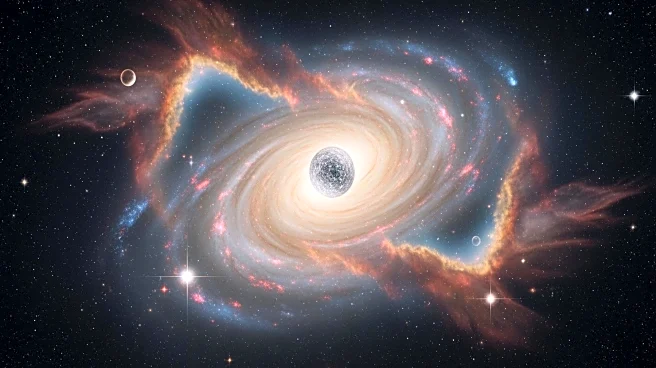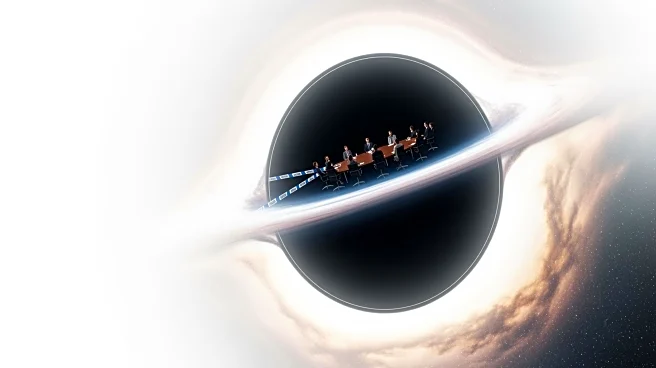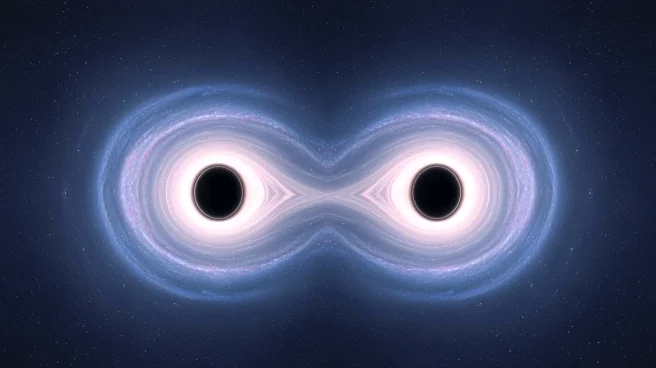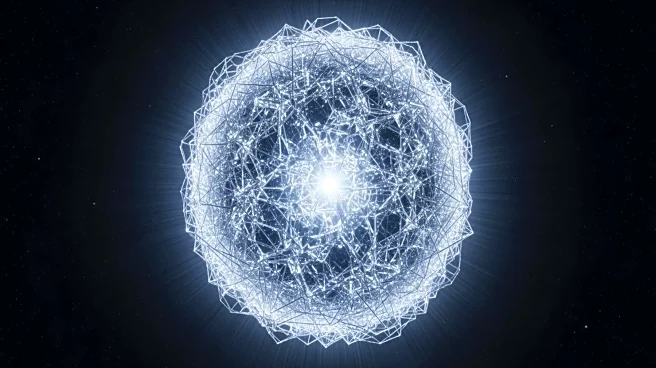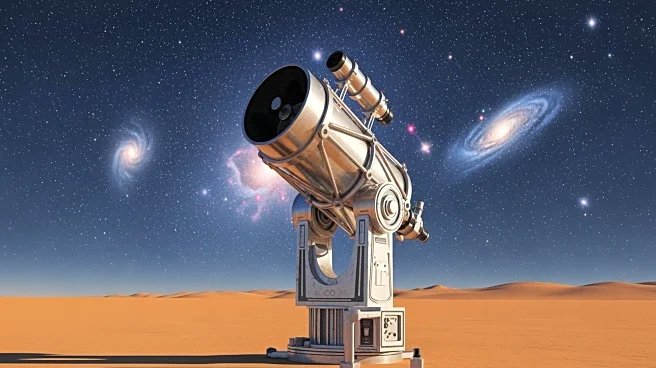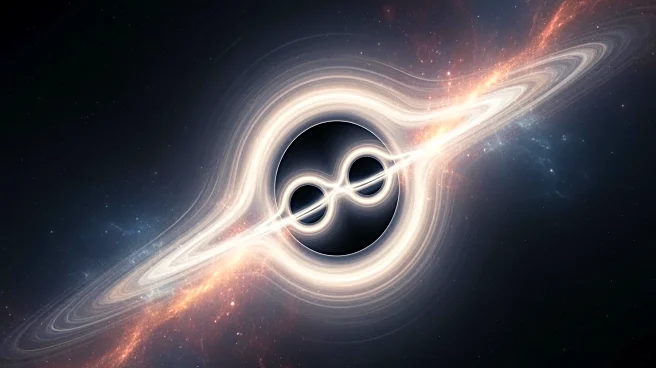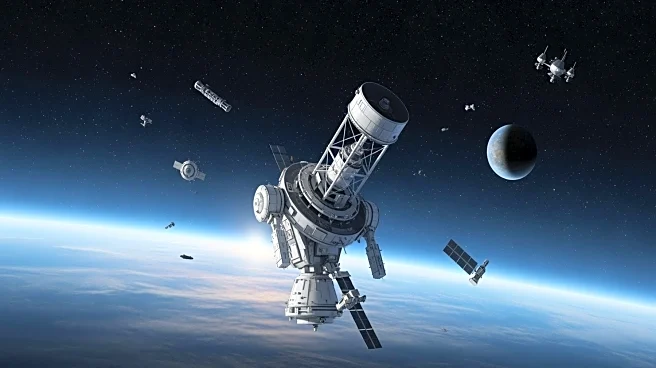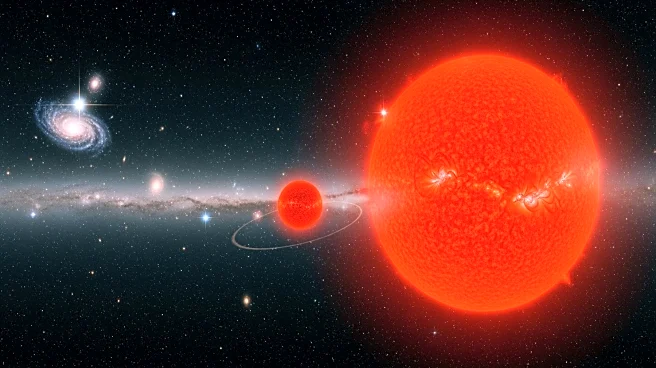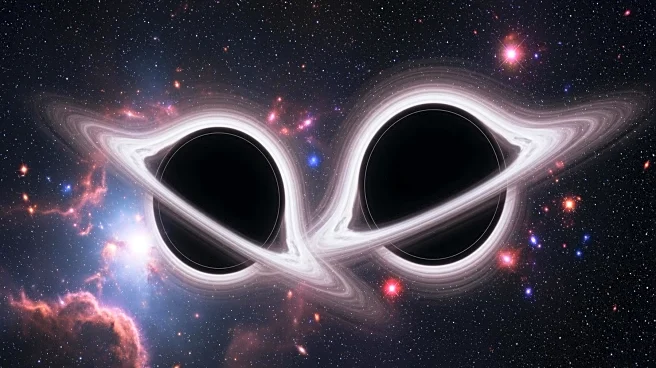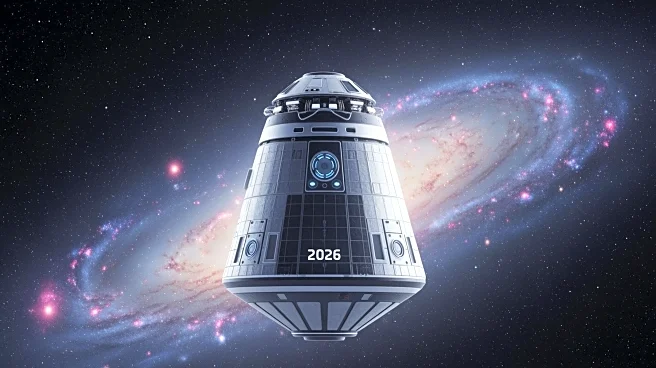What's Happening?
Researchers have developed a new theoretical framework to understand how compact neutron stars can become before collapsing into black holes. Neutron stars, the remnants of massive stars that have undergone supernova explosions, are incredibly dense,
with a mass up to three times that of the sun compressed into a small volume. The study, conducted by Luciano Rezzolla and Christian Ecker, examines the compactness of neutron stars using various equations of state, which describe the density and pressure within these stars. The findings suggest an upper limit for the compactness of neutron stars, providing insights into the extreme conditions of nuclear physics.
Why It's Important?
This research advances the understanding of neutron stars and the fundamental principles of nuclear physics under extreme conditions. By establishing a limit on neutron star compactness, scientists can better predict the behavior of these celestial bodies and their potential transition into black holes. The study also has implications for quantum chromodynamics, the theory governing the strong force that binds quarks within particles. Accurate measurements of neutron star properties could lead to significant breakthroughs in astrophysics and enhance the understanding of the universe's most extreme environments.
What's Next?
Future observations, such as those from the NICER experiment on the International Space Station and gravitational wave events, could provide more precise measurements of neutron star radii. These observations would allow scientists to test the new theoretical framework and potentially refine the understanding of quantum chromodynamics. Continued research in this area could lead to new discoveries about the fundamental forces of nature and the behavior of matter under extreme conditions.
